Nowadays, the basic process of making ink is the same: the pigment is mixed with substances that give it durability.
Archaeologists state that prehistoric times people used soil, blood, stones, plants and crushed bones to get different ink colors with which they painted their caves. They also added fat and plant sap to the mixture to make it more durable. Egiptians and Chinese people developed their own ink types, from strong colors to nankin, respectively. In the Renaissance period, artists such as Leonardo da Vinci and Michelangelo created inks using their secret formulas. Nowadays, the basic process of making ink is the same: the pigment is mixed with substances that give it durability. ~Ally
0 Comments
That's because of a substance called bergapten, which is present in citric fruits like the lemon. When we eat a lemon or drink its juice, the bergapten is transfered to our skin, enhancing its sensibility. The ultraviolet rays, then, can burn the skin faster if it is exposed to the Sun, causing dark spots to appear. Blisters and inflammation can also arise. ~Ally
Archaeologists don't know for sure. One teory claims it happened in the 18th century, when a cannon ball hit the Sphinx during some war. If this is true, then the soldier who controlled the cannon had a really good aim! Another teory says that ancient people made offerings to the statue to have a good harvest and somebody, for some reason, destroyed the Sphinx's nose to have more success, perhaps. I wonder how the bystanders, seing what such person was doing, didn't try to stop him/her, if that was really the case. Well, I still blame the missing nose on Obelix. ~Ally
Studies can't seem to agree, but many researchers claim it was the Chinese in the 10th century. The first cards - stripes of paper with drawings of shells, stones, arrows and bones -, however, were not meant for playing. They were used in divination rituals. Around the year 1,300, those cards were brought to Europe by the Arabs. Each deck, then, had 22 cards, and became known as tarots. Only in the 16th century the French created the 52 cards model for games. With time, the suits or naipes were added: hearts, clubs, spades and diamonds. ~Ally
I had some technical difficulties with the Weebly site yesterday, so this post got a little delayed. If those problems were totally solved, however, i'm not completely sure. Let's hope for the best! This gigantic flower appealed to me because of its unusual Portuguese name ("Flor Cadáver"), but in English it is commonly known as the Titan Arum. The corpse reference is due to the incredibly nauseating smell it emits during flowering. Scientists claim it resembles rotting flesh, which is pretty disgusting. The flowering, however, is such a rare and unpredictable event that entire communities gather to see it (despite the horrible smell, I suppose)! Because of this type of blooming, it is considered a fickle flower. Its other name, Titan Arum, is also correct: the flowering structure rises up to three metres above the ground and it also has a single immense leaf. Certainly is a giant among plants! It dwells in the rainforests of western Sumatra, in the Indonesian archipelago, on steep hillsides that are 120 to 365 metres above sea level and it's classified as Vulnerable on the 1997 IUCN Red List of Threatened Plants. I wonder if they used to be destroyed because of their stench! =P This plant can be used for ornamental displays and is an immensely popular visitor attraction. ~Ally
According to a recent Harvard study, mankind's first profession was probably being a cook. If you think about it, kind of makes sense. Food making utensils were found along fossils of human ancestors, which suggest that the activity must have arised about 2 million years ago. Besides, the researchers believe that the act of cooking helped to differentiate our species from other mammals. ~Ally
If there's one recent Girl Power character I've been admiring lately, it would definetely be Lagertha, from the "Vikings" series. She is portrayed in tv as a Shieldmaiden and that got me wondering if such women actually existed. The answer is: it is impossible to know for sure. While there are several legends about Viking women who acted as Shieldmaidens (the most famous being Brynhilda/Brunhilde from the Volsunga Saga), and those legends must have been based at least in some real events, there's not enough archeological evidence to confirm that. There are also some historic records about such women but more evidences would be necessary in order to reinforce their actual existence. For many years, when a female Viking skeleton was found alongside a sword or other kinds of weapons, archeologists usually assumed that the male skeleton from that particular grave was missing. And though it isn't necessarily the case, one can not assume that, if a woman was buried with a sword, she must have been a warrior of some kind. The opposite, however - that the woman was a warrior - also can't be discarded. What a mess, huh? With the arrival of Christianity, it is possible that women in Scandinavia (where the Shieldmaiden folklore is more common) were strongly relegated to domestic chores for many centuries. I like to think, though, that there were some women who escaped this forced housewife role and kept practicing with their swords, bows, axes, spears or wathever they fancied, and, most importantly, passing that knowledge to their daughters. ~Ally
While reading about Goblins I stumbled upon the term "Bugbear", which I've never heard before. Turns out it is a diverse creature class, different from Hobgoblins and Goblins. I couldn't find a proper definition of that being, but it seems that it resembles Hobgoblins a bit, and perhaps are stronger and even bigger than them. If you have any information about them, please share! A Bugbear supposedly appears on Tolkien's "The Hobbit": Beorn! Remember that dude that transforms into a bear and gives shelter to Gandalf, Bilbo and Thorin's Company? There you have it! Though I neeeeeeever thought he would look like the picture above. At least in my imagination, he was a little more humane-like. The word "Bugbear" is also used in our modern world as a metaphor for something that is annoying or irritating. ~Ally
I can claim, with a certain amount of pride and joy, that my knowledge about fantastic and mythological beings is pretty extensive. However, some days ago, my friend Nana asked me what was the difference between Goblins and Hobgolins and I couldn't answer with 100% security. That made me really annoyed, so I decided to dig a little bit on the subject. Goblins are described as green creatures that resemble Elves (not the tall and pretty ones from Tolkien's work, but rather those tiny cute ones we Brasilians call "Duendes") and generally make bad taste jokes and pranks on other beings. They're part of the Norse Folclore and are often associated with the forces of evil. They're said to be ugly and frightening, sorcerers, food spoilers and that they like to wage wars against Gnomes. Goblins can be found in mountains, swamps, forests, deserts, quarries or even cities. Hobgoblins, on the other hand, are said to be bigger than Goblins (which measure about 1,40m), almost reaching a normal human being's height. In French Folclore, they're called Lutin (translated as Brownies in English), but are also referred in other lores as Hobs, Bogies or Boogeymans. They are often classified as spirits in the form of house animals such as dogs, rabbits or cats. However, there's no distinctive feature in any animal living near a house that can make it be considered a Hobgoblin, which is a little confusing. They can be good or bad. Good ones can control the weather or even shave the beard of the owner of the house before he wakes up on Sundays. Bad ones can pester the house's owner with little annoying problems such as hiding objects or filling shoes with pebbles. Salt is considered repellent to them and, since they're related to Fairies in some degree, steel or iron can also be unbearable to their touch. To make things a bit more confusing - I mean, interesting - Tolkien claims that his studies on the subject of Goblin beings showed that Hobgoblins (which he called Uruk-hai in his works) were actually smaller than Goblins (his Orcs). Guess that it could only be resolved by documented sightings of these creatures, which are, sadly, very few. ~Ally
Turns out LEGO is older than I thought! It was invented in 1949 by Ole Kirk Christiansen, a Danish carpenter who before made wood toys, ironing boards and stairs in his company called Lego (the union of letters of the words "leg" and "godt", which means "play well" in Danish). ~Ally
|

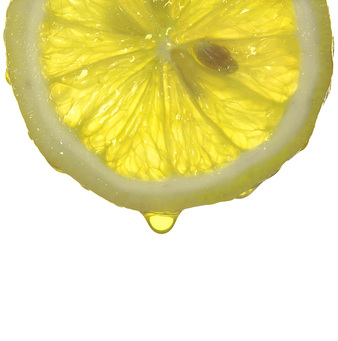
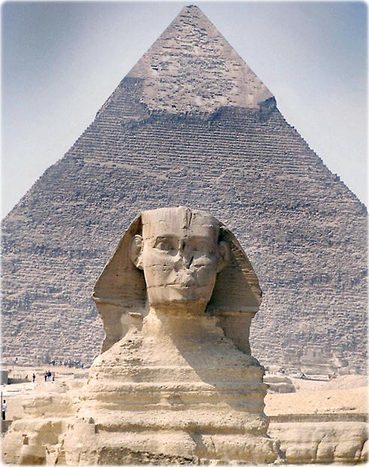
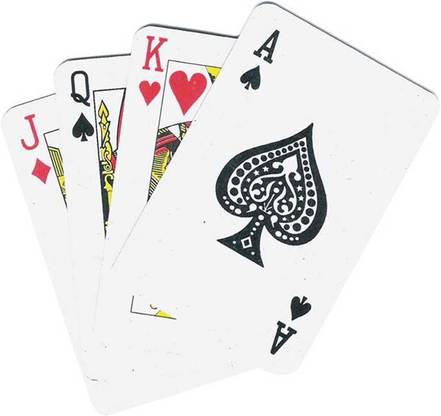


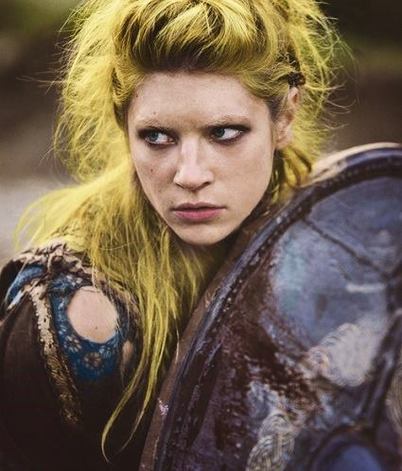
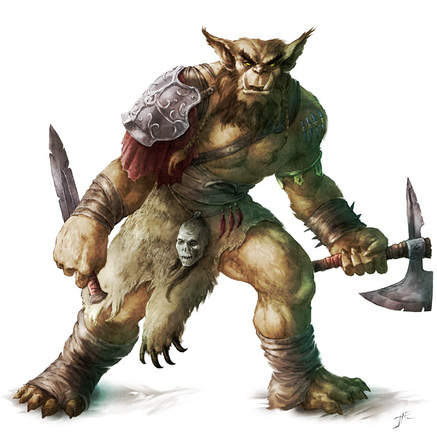

 RSS Feed
RSS Feed